We need your consent to use the individual data so that you can see information about your interests, among other things. Click "OK" to give your consent.
ASTM E995-11
Standard Guide for Background Subtraction Techniques in Auger Electron Spectroscopy and X-Ray Photoelectron Spectroscopy
STANDARD published on 15.10.2011
The information about the standard:
Designation standards: ASTM E995-11
Note: WITHDRAWN
Publication date standards: 15.10.2011
SKU: NS-48726
The number of pages: 5
Approximate weight : 15 g (0.03 lbs)
Country: American technical standard
Category: Technical standards ASTM
The category - similar standards:
Annotation of standard text ASTM E995-11 :
Keywords:
Auger electron spectroscopy (AES), Background subtraction techniques, Electron radiation, Integral background subtraction, Linear changes/linearity--metals/alloys, Secondary electron analog, Signal processing/display, Spectral data--metals/alloys, Spline technique, Surface analysis--spectrochemical analysis, Tailored modulation techniques (TMT), X-ray photoelectron spectroscopy (XPS), ICS Number Code 17.180.30 (Optical measuring instruments)
Additional information
| Significance and Use | ||||
|
Background subtraction techniques in AES were originally employed as a method of enhancement of the relatively weak Auger signals to distinguish them from the slowly varying background of secondary and backscattered electrons. Interest in obtaining useful information from the Auger peak line shape, concern for greater quantitative accuracy from Auger spectra, and improvements in data gathering techniques, have led to the development of various background subtraction techniques. Similarly, the use of background subtraction techniques in XPS has evolved mainly from the interest in the determination of chemical states (from the binding-energy values for component peaks that may often overlap), greater quantitative accuracy from the XPS spectra, and improvements in data acquisition. Post-acquisition background subtraction is normally applied to XPS data. The procedures outlined in Section 7 are popular in XPS and AES; less popular procedures and rarely used procedures are described in Sections 8 and 9, respectively. General reviews of background subtraction methods and curve-fitting techniques have been published (1-5). Background subtraction is usually done before peak fitting. Some commercial systems require background removal. Nevertheless, a measured spectral region consisting of one or more peaks and background intensities due to inelastic scattering, Bremsstrahlung (for XPS with unmonochromated X-ray sources), and scattered primary electrons (for AES) can often be satisfactorily represented by choosing functions for each intensity component with parameters for each component determined in a single least-squares fit. The choice of the background to be removed if required or desired before peak fitting is suggested by the experience of the analysts and the peak complexity as noted above. |
||||
| 1. Scope | ||||
|
1.1 The purpose of this guide is to familiarize the analyst with the principal background subtraction techniques presently in use together with the nature of their application to data acquisition and manipulation. 1.2 This guide is intended to apply to background subtraction in electron, X-ray, and ion-excited Auger electron spectroscopy (AES), and X-ray photoelectron spectroscopy (XPS). 1.3 The values stated in SI units are to be regarded as standard. No other units of measurement are included in this standard. 1.4 This standard does not purport to address all of the safety concerns, if any, associated with its use. It is the responsibility of the user of this standard to establish appropriate safety and health practices and determine the applicability of regulatory limitations prior to use. |
||||
| 2. Referenced Documents | ||||
|
Similar standards:
Historical
1.12.2012
Historical
1.5.2014
Historical
1.1.2013
Historical
1.1.2013
Historical
1.1.2013
Historical
1.10.2013
We recommend:
Technical standards updating
Do you want to make sure you use only the valid technical standards?
We can offer you a solution which will provide you a monthly overview concerning the updating of standards which you use.
Would you like to know more? Look at this page.


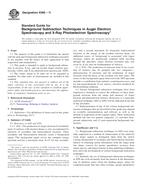
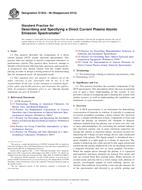 ASTM E1832-08(2012)..
ASTM E1832-08(2012)..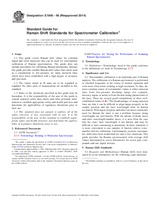 ASTM E1840-96(2014)..
ASTM E1840-96(2014)..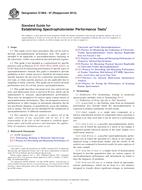 ASTM E1866-97(2013)..
ASTM E1866-97(2013)..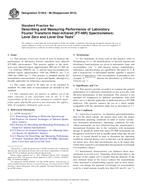 ASTM E1944-98(2013)..
ASTM E1944-98(2013)..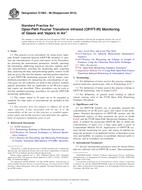 ASTM E1982-98(2013)..
ASTM E1982-98(2013)..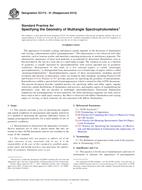 ASTM E2175-01(2013)..
ASTM E2175-01(2013)..
 Cookies
Cookies
